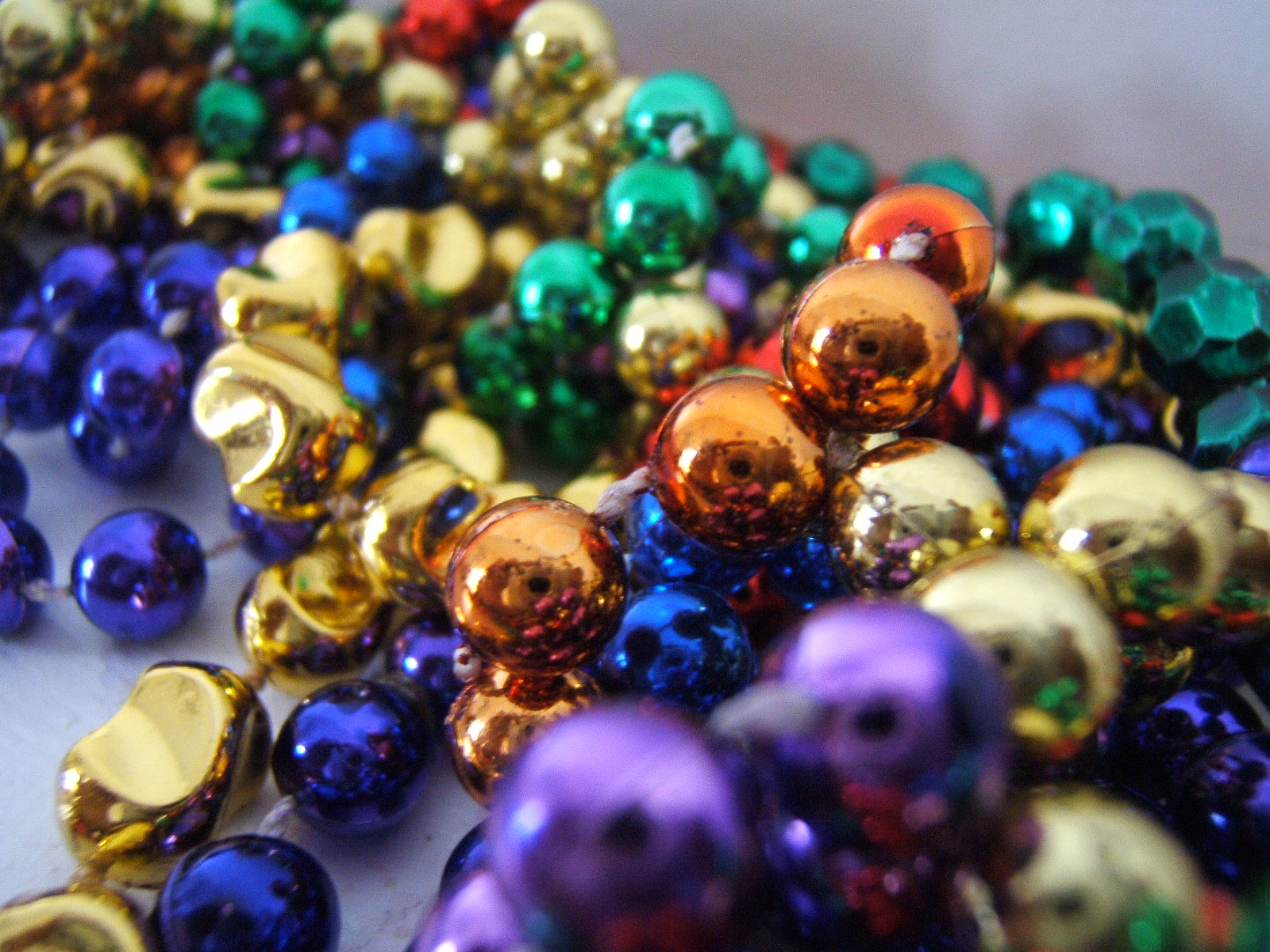Imagine it’s Mardi Gras, and you are walking down Bourbon Street—the heart of New Orleans’ French Quarter. Merry makers—many with a Hurricane or other libation in hand—flood the streets and revel all around you, all the while collecting as many strands of cheap beads as necks and inhibition allow.
Against the crowd’s noise, blues, jazz, zydeco, ragtime, and more pour from every filigreed cast-iron balcony and open doorway at every club, music hall, dive, and juke joint up and down the boulevard. Street merchants lend their own cadence hawking trinkets, gewgaws, and souvenirs.
And what cuts through all that clutter and sputter are the aromas that waft into the proceedings from the restaurants, food stalls, and street vendors. So varied. So pungent. So enveloping. So intoxicating.
You’ve just gotta have something to eat.

Cajun-Creole cuisine is unique for its range of influences. The names of many dishes, such as gumbo, jambalaya, and étouffée, reflect the multicultural mashup of French, African, Italian, Spanish, German, Native American, and others who have had a hand in shaping one of the world’s truly great cuisines.
In general, Cajun cooking comes from the country and bayous and is rustic and spicy. Creole comes from the city and is refined and heavily French-influenced.
With so many unfamiliar names, the uninitiated may need some help deciphering what’s what in Cajun and Creole cooking. What follows is only the tip of the iceberg.
Gumbo
The official dish of the state of Louisiana, gumbo is a spicy stew consisting of various combinations of meats, seafood, and/or poultry and traditionally served with rice. An amalgam of African, French, and other influences, various types of gumbo are defined by the type of thickening agent used: roux in the French tradition, okra in the African style, or filé powder (ground sassafras) from the native Choctaw.
In fact, the very name comes from either the Bantu word for okra—ngombo—or the Choctaw word for filé: kombo.
Jambalaya
Culturally, jambalaya is one of a long line of rice-based dishes that are found around the world wherever rice is a diet staple and prepared in a similar manner. Some say it was first made in the early 18th century when Spanish cooks tried to recreate paella using New World ingredients.
With the exception of thickeners, gumbo and jambalaya contain many of the same ingredients. The order and style of preparation is what sets them apart. And, whereas rice is served with gumbo at table, in jambalaya the rice is cooked along with all other ingredients in a 3-stage process: meat and vegetables are cooked, stock is added, and finally the rice is added.
Étouffée
Étouffée is a roux-based shellfish stew that gets its name from the French word meaning to smother. That is, the stew is served over rice.
Originally of Cajun origin in 1950s Breaux Bridge, LA, the most popular iteration, Crawfish Étouffée, was brought uptown to the French Quarter by Galatoire’s Restaurant to become one of the most notable crossover dishes in the Cajun-Creole repertoire.
Creole
Within Creole cuisine are dishes based on Creole Sauce, which is made from sautéed vegetables simmered with stock and either seafood or poultry. Tomatoes and the holy trinity of Cajun-Creole cuisine (diced onions, peppers, and celery) are seasoned with a spicy mix of herbs and seasonings.
Muffuletta
Muffuletta is the name of an Italian 10-inch round focaccia-like roll as well the classic New Orleans sandwich invented by the Central Grocery in the French Quarter. Various Italian meats and cheeses are combined with a garlicky olive-based salad, similar to an Italian giardiniera.
Po’ Boy
Another classic sandwich from New Orleans is the ever-popular Po’ Boy and its myriad variations. In this case, the original Po’ Boy was a French bread loaf split open and stuffed with fried oysters and dressed with lettuce, tomato, mayonnaise, and pickles. Today everything from soft-shelled crabs to roast beef get the Po’ Boy treatment.
Beignets
In a city where indulgence is around every corner, one of the must-have treats in New Orleans is a morning cup of coffee laced with chicory and a plate of beignets at the Café du Monde on the banks of the Mississippi in the French Quarter. Beignets are made by deep frying pâte à choux (also used to make cream puffs and profiteroles) and dusting with powdered sugar.
King Cake
King Cake is a traditional circular yeast-based, bread-like cake that is served during the season beginning after Christmas and extending through Fat Tuesday. The exterior is frosted in colors of purple, green, and gold symbolizing justice, faith, and power. Concealed inside the cake is a plastic figurine of a baby, and whoever discovers the trinket in their serving is granted special privileges and obligations, including being the one to provide next year’s King Cake.
Bananas Foster
Truly one of the grand desserts of all time, Bananas Foster is all about drama and sweetness. Bananas are sautéed in butter, caramelized with brown sugar, and flambéed with dark rum before being ladled over vanilla ice cream.
The dish was created in the early 1950s by Paul Blangé at Brennan’s Restaurant in New Orleans, a legendary bastion of Creole cuisine.
Have you ever been to New Orleans for Mardi Gras? If so, what is your favorite thing to eat there? What’s your favorite Creole or Cajun dish?



Leave Your Response